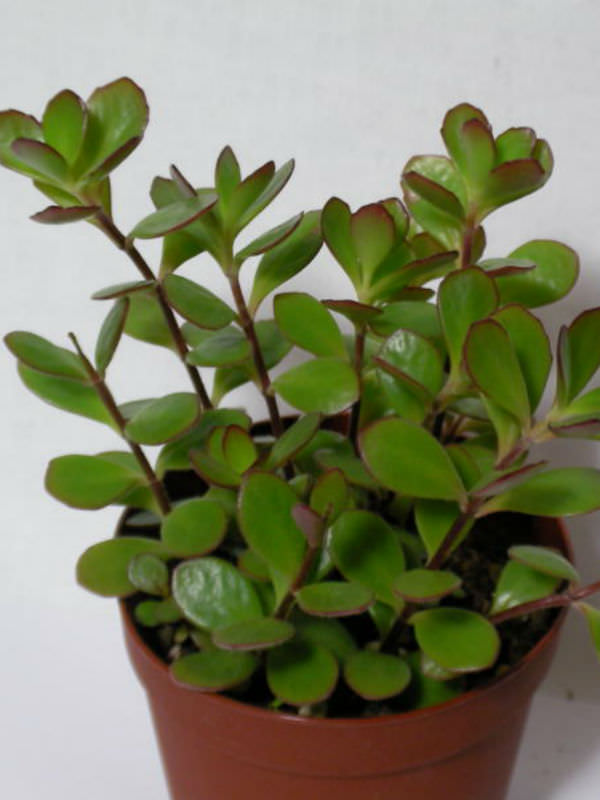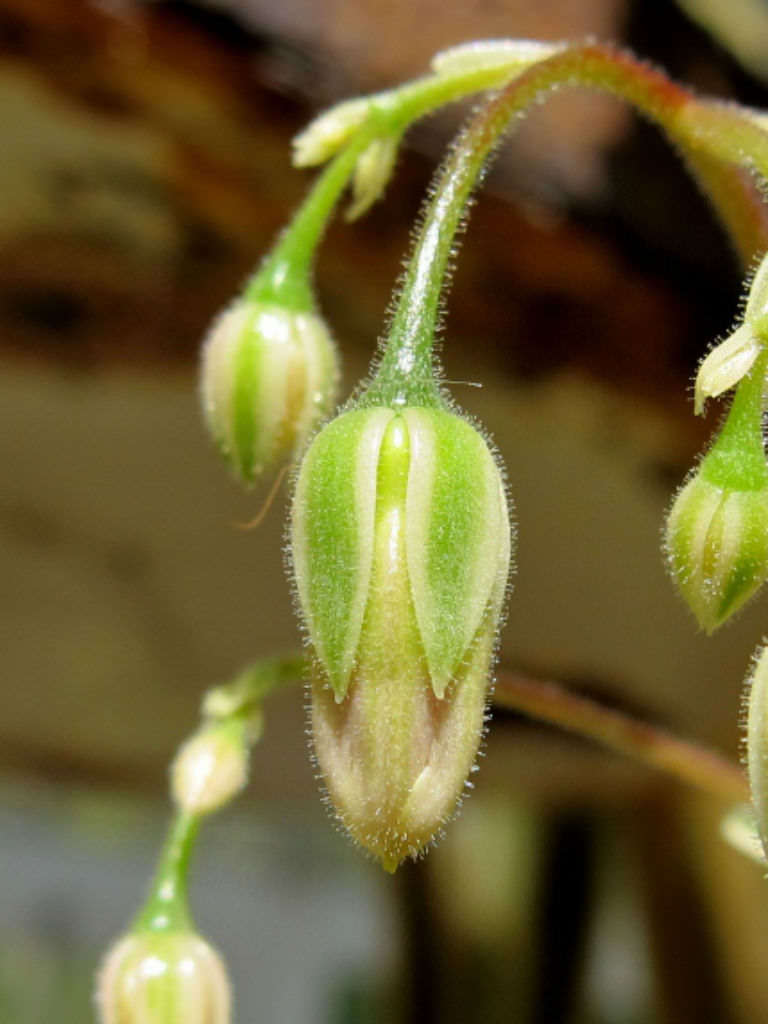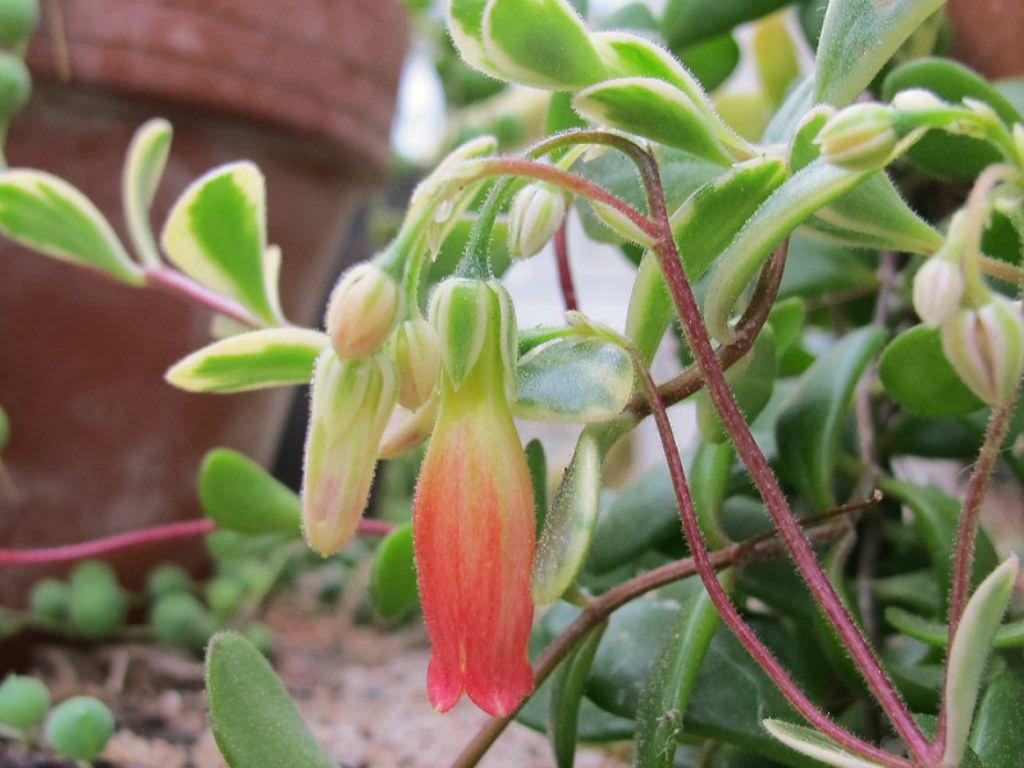Kalanchoe Manginii
Kalanchoe manginii, also known as Chandelier Plant or Beach Bells, is a stunning succulent that is perfect for adding a touch of natural beauty to any space. With its fleshy green leaves and delicate bell-shaped flowers, this plant is a favorite among gardening enthusiasts and interior decorators alike.
The Pain Points of Kalanchoe Manginii
While Kalanchoe manginii is a beautiful and low-maintenance plant, it does have a few pain points that are worth mentioning. For starters, it can be difficult to find in local nurseries and garden centers, as it is not as widely available as some other succulent varieties. Additionally, it can be somewhat challenging to propagate, which may make it less appealing to those new to gardening.
The Target of Kalanchoe Manginii
Kalanchoe manginii is a versatile succulent that can thrive in a variety of settings. It is hardy enough to be grown outdoors, but it also does well in indoor environments, such as offices and living spaces. This plant requires minimal watering and can tolerate a wide range of temperatures, making it an ideal choice for those who want to enjoy the beauty of plants without spending too much time on upkeep.
Main Points about Kalanchoe Manginii and Related Keywords
In summary, Kalanchoe manginii is a beautiful and low-maintenance succulent that can add natural beauty to any indoor or outdoor space. While it can be challenging to find and propagate, it is worth the effort for those who appreciate its unique beauty. Whether you're an experienced gardener or new to the world of plants, Kalanchoe manginii is an excellent choice for adding a touch of green to your home or office.
The Target of Kalanchoe Manginii
One of the things that I love most about Kalanchoe manginii is its versatility. I've had success growing this plant both indoors and outdoors, and it always seems to thrive regardless of the setting. One of my favorite memories of this plant was when I had it growing in my office. Not only did it add a touch of natural beauty to my workspace, but it also helped to purify the air and create a more relaxing atmosphere.
Caring for Kalanchoe Manginii
When it comes to caring for Kalanchoe manginii, there are a few key things to keep in mind. First and foremost, this plant requires bright, indirect sunlight in order to thrive. It also requires well-draining soil and should be watered sparingly, as overwatering can cause the roots to rot. As for propagation, I've had the best results by taking stem cuttings and allowing them to root in a well-draining soil mix.
The Benefits of Kalanchoe Manginii
Aside from its beauty, Kalanchoe manginii also offers a number of benefits to those who grow it. For one, it is a natural air purifier, which can help to improve the air quality in your home or office. It is also believed to have medicinal properties, with some studies suggesting that it may have anti-inflammatory and anti-tumor effects.
Growing Kalanchoe Manginii Outdoors
While Kalanchoe manginii is often grown indoors, it can also thrive in outdoor settings. When planting this succulent outside, be sure to choose a spot that receives plenty of bright, indirect sunlight and has well-draining soil. It is also important to water the plant sparingly, as too much moisture can cause the roots to rot.
Question and Answer
Q: Is Kalanchoe Manginii Toxic to Pets?
A: Yes, Kalanchoe manginii is toxic to both cats and dogs. If ingested, it can cause vomiting, diarrhea, and other digestive issues. It is important to keep this plant out of reach of pets.
Q: How Often Should I Water Kalanchoe Manginii?
A: Kalanchoe manginii should be watered sparingly, as it is susceptible to root rot. In general, it is best to wait until the soil is completely dry before watering the plant again.
Q: Can I Propagate Kalanchoe Manginii from Leaf Cuttings?
A: While it is possible to propagate Kalanchoe manginii from leaf cuttings, it is generally more successful to use stem cuttings instead. Stem cuttings should be taken from the top of the plant and allowed to root in a well-draining soil mix.
Q: Will Kalanchoe Manginii Flower Every Year?
A: Kalanchoe manginii typically blooms once a year, usually in the spring or summer. However, the exact timing of the bloom may depend on a number of factors, including the plant's age and growing conditions.
Conclusion of Kalanchoe Manginii
If you're looking for a beautiful and low-maintenance plant that can add natural beauty to your home or office, Kalanchoe manginii is an excellent choice. With its fleshy green leaves and delicate bell-shaped flowers, this succulent is sure to delight anyone who appreciates the beauty of plants. Whether you're an experienced gardener or new to the world of plants, Kalanchoe manginii is an excellent choice for adding a touch of green to your space.
Gallery
Kalanchoe Manginii (Chandelier Plant) | World Of Succulents

Photo Credit by: bing.com / kalanchoe chandelier plant worldofsucculents via
Kalanchoe Manginii - Pesquisa Google | Garten, Natur

Photo Credit by: bing.com / kalanchoe natur
Kalanchoe Manginii (Chandelier Plant) | World Of Succulents

Photo Credit by: bing.com / kalanchoe plant chandelier via albino sub jp worldofsucculents
Kalanchoe Manginii 'Variegata' (Beach Bells) - World Of Succulents

Photo Credit by: bing.com / kalanchoe variegata succulents worldofsucculents delange thomas choose board
Kalanchoe Manginii 'Variegata' (Beach Bells) - World Of Succulents

Photo Credit by: bing.com / kalanchoe variegata succulents worldofsucculents delange thomas visit